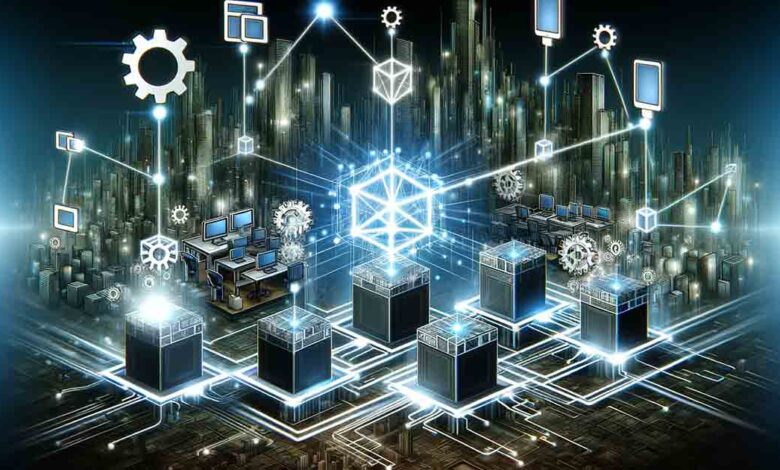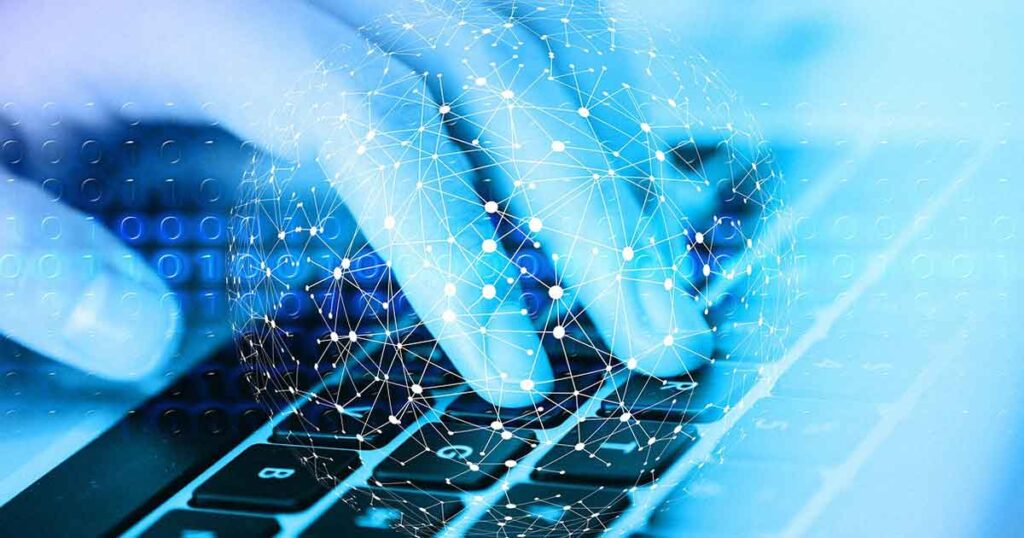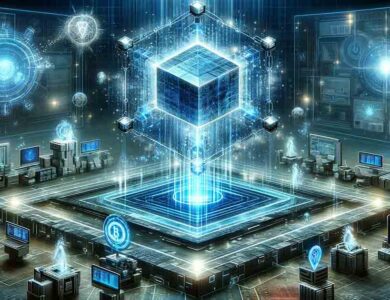Enhancing Blockchain with Integration Tools

Building Bridges: Enhancing Blockchain with Integration Tools
Enhancing Blockchain with Integration Tools
Introduction
The Blockchain Evolution
Blockchain technology, which was sometimes thought of only in relation to cryptocurrencies, has changed a lot. Nowadays, it is a foundation technology that will reshape different areas, from finance to logistics. This evolution points to an urgent need – integration tools that will connect heterogeneous blockchain systems and the usual digital world.
The Need for Integration Tools
Integration tools are not only a technical requirement, they have become a strategic necessity. they make sure that blockchain technology is not confined to an isolated phenomenon but becomes a part of the larger story of digital transformation.
Understanding Blockchain Technology
Core Concepts of Blockchain
Blockchain, fundamentally speaking, is a distributed ledger technology. It offers data to be stored globally across thousands of servers while allowing anyone on the network to see everyone else’s entries in real time. This makes it not only transparent but very difficult to hack.
The Decentralisation Paradigm
Decentralisation – the key concept in blockchain that threatens traditional centralised systems. It reallocates control from a central authority, democratising data and procedures.
Current State of Blockchain Ecosystems s
Diversity of Blockchain Platforms
Today, the blockchain ecosystem is diverse and complete. Platforms such as Ethereum, ripple or Hyperledger show how rich this area became after the launch of Bitcoin’s network. Each has its own unique features, strengths and weaknesses.
Challenges in Interoperability
The diversity, while a strength, also poses a significant challenge: interoperability. One of the most advanced obstacles when it comes to different blockchain systems is their ability to communicate and share information seamlessly.

Integration Tools: The Connective Tissue
Definition and Role
Tools of integration serve as the connective tissue that interlinks different blockchain networks and enables them to function in unison. They enable communication, trading, and information transfer among various blockchain networks.
Types of Integration Tools
Included in these tools are APIs and middleware, smart contracts and oracles, all serving a different purpose within the integrated landscape.
Bridging the Gap: APIs in Blockchain
Role of APIs
Blockchain ecosystems are reliant on APIs (Application Programming Interfaces). They facilitate various software applications to communicate with blockchain networks, thus enabling the implementation of blockchain technology into current business proceedings.
Examples and Use Cases
For example, a financial services firm may implement APIs to integrate the current accounting software with one of the blockchain networks for better security and transparency in transactions.
Smart Contracts as Integration Facilitators
Understanding Smart Contracts
Also, smart contracts are self-executing, with the terms of an agreement directly written into code. They play an essential role in automating processes and transactions within the blockchain.
Smart Contracts in Cross-Chain Operations
In cross-chain activity, smart contacts have a crucial role in automating and securing transactions across various blockchain networks, thus enhancing integration.
The significance of oracles in Blockchain adoption
Concept of Oracles
Oracles are third-party services that retrieve data from outside the world to the blockchain. They are bridge elements between the blockchain and external data sources, which are essential to many blockchain applications.
Enhancing Data Reliability and Security
Oracles increase the trustfulness and safety of data employed in cyberspace blockchain transactions, thereby verifying that smart contracts are triggered by proper information at a certain point in time.
Emerging Technologies in Blockchain Integration
Artificial Intelligence and Machine Learning
Blockchain is increasingly being combined with AI and machine learning. They provide advanced data analytics and decision-making functionalities, thus making the performance of the blockchain even more efficient.
Quantum Computing and Blockchain
Quantum computing is both a threat and an opportunity for blockchain. As bad as this could potentially be with regard to blockchain’s security, it also may significantly enhance the processing power required by any given blockchain.
Challenges and Limitations
Scalability Issues
As blockchain networks expand, they develop scalability problems. Integration tools should cater to this in order for operations to occur efficiently and quickly.
Security Concerns
Though blockchain is secure by nature, the points of integration – APIs, oracles and smart contracts can be compromised. Ensuring their security is paramount.
The Future of Blockchain Integration
Predictions and Trends
In the future of blockchain integration, we can also expect to see an increase in cross-chain protocols and more AI integration. We may even witness standardisation across platforms.
Potential Impact on Various Industries
Blockchain integration can transform industries that range from finance and healthcare to government and education by providing more secure, transparent, and efficient systems.
Conclusion
Recap of Key Points
Integrating blockchain using different tools and technologies is essential in achieving the full value of a blockchain across various industries.
As we move forward, the attention will be on addressing challenges and capitalising on upcoming technologies to make sure that blockchain implementation is not merely a technological innovation but an enabler of wider digital transformation.
FAQs: Enhancing Blockchain with Integration Tools
Q. What is the primary objective of integration tools in blockchain technology?
Integration tools are the means by which different blockchain networks and typical digital systems can communicate, transfer funds, or interchange information easily.
Q. What role do smart contracts play in integrating blockchain?
Smart contracts help trigger and secure transactions over many blockchain networks, ensuring that cross-chain operations are as seamless as possible while improving general integration.
Q. What are the functions of APIs in blockchain ecosystems?
APIs (Application Programming Interfaces) are also critical in blockchain ecosystems as they enable different software programs to interact with the blockchain networks. 0They enable the incorporation of blockchain technology into current business operations to enhance security and transparency.
Q. What challenges have been posed by the integration of blockchain?
The main problems are – difficulties with compatibility between different blockchain platforms, scalability issues as networks scale up and security challenges at points of integration such as APIs, oracles and smart contracts.
Q. In what ways can emerging technologies such as AI and quantum computing influence blockchain integration?
AI and machine learning may improve blockchain’s data analytics process as well as the way it makes decisions, with quantum computing being both a security risk to any information stored on the platform but also an opportunity that will increase the processing power of this new technology significantly altering its future trajectory in terms of integration.



